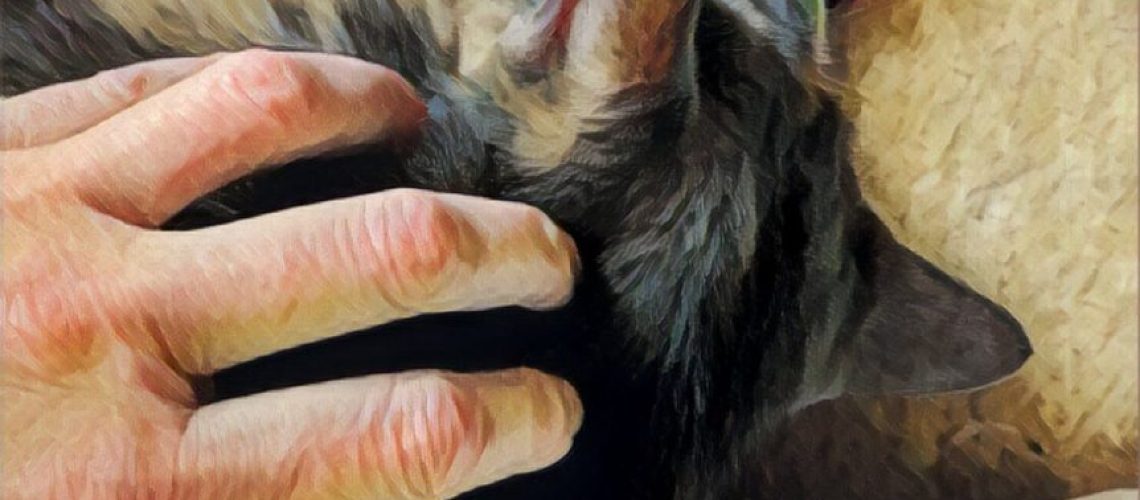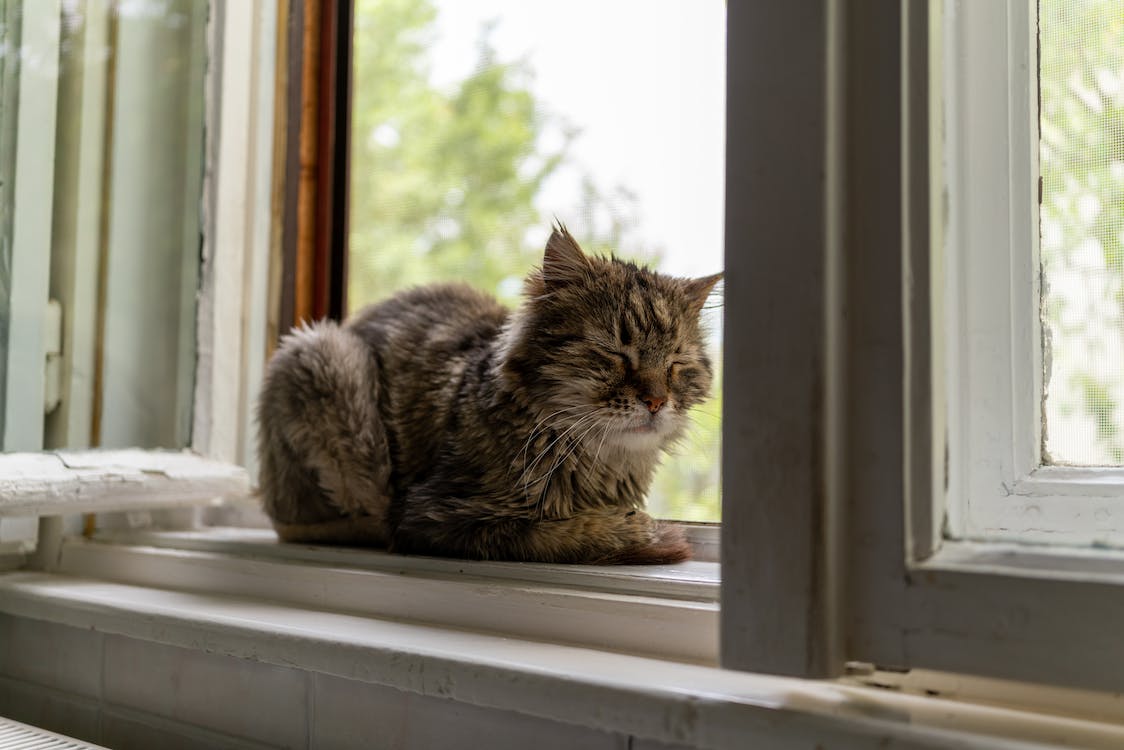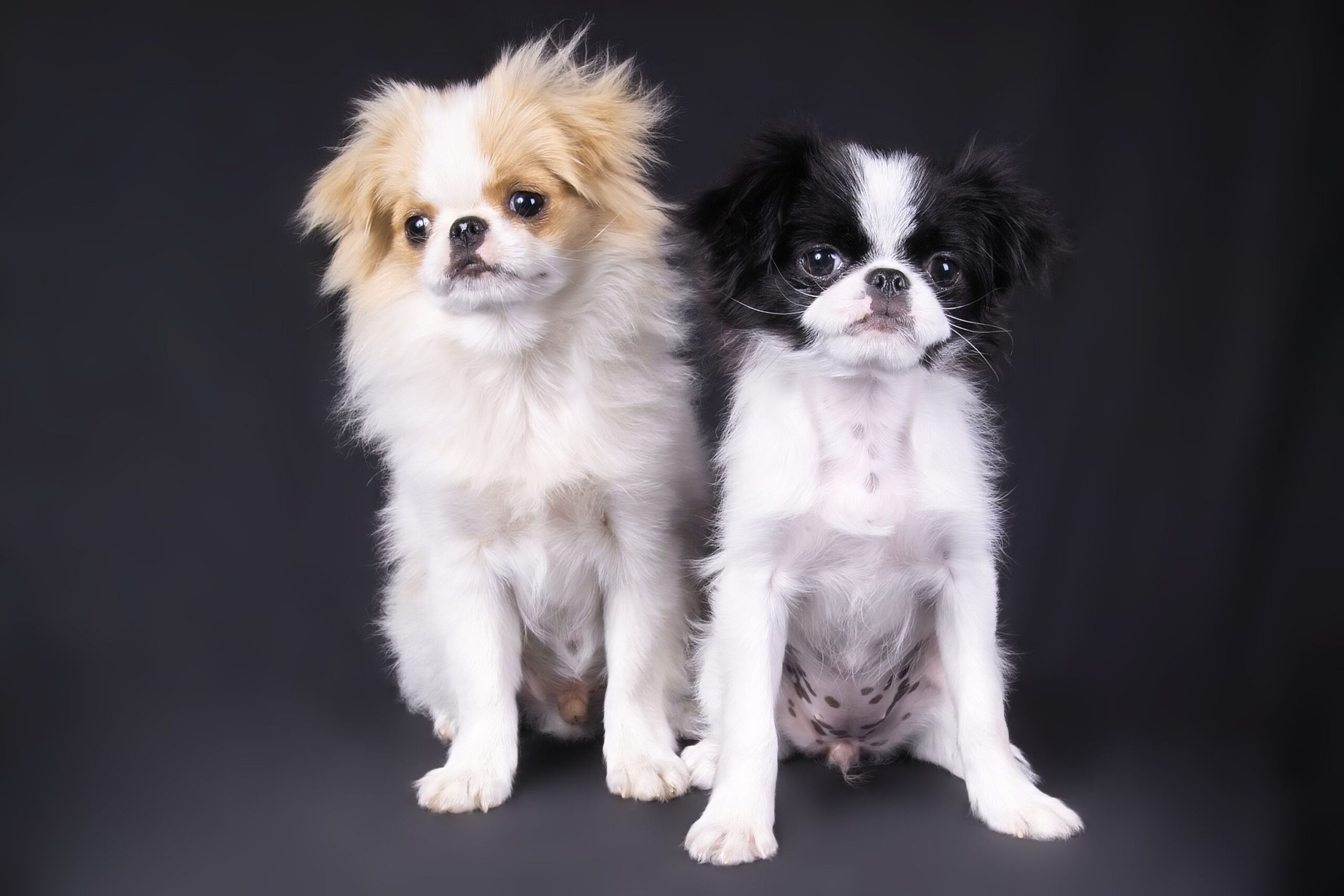Are you ready to uncover the secrets behind your feline friend's love for being petted? Prepare to be amazed as we dive into the world of Purrfect Pats and discover why cats can't resist a good scratch behind the ears. Understanding this topic is not only fascinating, but it also holds the key to building a stronger bond with your furry companion. Did you know that 95% of cats enjoy being petted? That's right, almost every cat out there craves those gentle strokes and chin scratches. So, grab a cup of tea, get cozy, and let's unravel the mysteries of why our whiskered pals go wild for some tender loving care. Get ready to become a purrfect petting pro!
Key Takeaways:
- Cats enjoy being petted because it mimics the grooming behavior of their mothers.
- Petting a cat releases endorphins, which helps them feel relaxed and content.
- Proper petting techniques, such as gentle strokes and avoiding sensitive areas, can enhance the bonding experience with a cat.
- Cats have individual preferences when it comes to being petted, so it's important to pay attention to their body language and adjust accordingly.
- Regular and consistent petting sessions can help reduce stress and anxiety in cats, promoting overall well-being.
Why do cats like being petted?
Many cats enjoy being petted because it feels good and can help them relax. When you stroke a cat's fur, it can stimulate their nerve endings and release endorphins, which are feel-good hormones. This can create a pleasurable sensation for the cat, similar to how humans enjoy a gentle massage. Petting also mimics the grooming behavior that cats engage in with each other, so they may associate it with social bonding and comfort.
The Science Behind It
Petting a cat can activate certain pressure receptors in their skin called Meissner's corpuscles. These receptors are highly sensitive to touch and can send signals to the brain, triggering a positive response. Additionally, when you stroke a cat's fur in the direction of hair growth, it can help align their fur and remove loose hairs, which is similar to how cats groom themselves.
Benefits of Petting for Cats
- Relaxation: Petting can help calm an anxious or stressed cat by providing them with comfort and reassurance.
- Bonding: Regular petting sessions can strengthen the bond between a cat and their owner.
- Mood Enhancement: The release of endorphins during petting can elevate a cat's mood and promote overall well-being.
How does petting a cat make them feel?
Petting a cat can make them feel content, loved, and secure. Cats have specialized sensory organs on their skin called sensory whiskers or vibrissae. When these whiskers are gently touched during petting, it sends pleasurable sensations throughout their body. This physical contact can make cats feel safe and emotionally connected to their human companions.
Understanding a Cat's Body Language
When a cat enjoys being petted, they may display certain body language cues. They may purr softly, close their eyes partially or fully, and lean into your hand or rub against you. These behaviors indicate that the cat is enjoying the interaction and wants more of it.
Signs of Discomfort
- Tail flicking: A cat may flick their tail back and forth rapidly if they are becoming irritated or overstimulated.
- Ear flattening: Flattened ears can be a sign of discomfort or aggression, indicating that the cat wants to be left alone.
- Restlessness: If a cat starts to squirm or move away while being petted, it may mean they have had enough and need a break.
Signs that a cat wants to be petted
Cats communicate their desire for petting through various signals. They may approach you with an arched back and raised tail, which shows friendliness and trust. Some cats will rub against your legs or furniture as a way of marking territory and seeking attention. Additionally, if a cat makes eye contact with you and blinks slowly, it is considered a sign of affection and an invitation for gentle petting.
The Power of Trust
Cats are naturally cautious animals and typically reserve physical contact for individuals they trust. When a cat actively seeks out petting from their owner, it is an indication that they feel safe in their presence. Building trust with a cat takes time and patience but can lead to a strong bond where the cat seeks out affectionate interactions.
Individual Differences
It's important to remember that not all cats have the same preferences when it comes to petting. Some cats may be more independent and prefer minimal physical contact, while others may crave constant attention. Each cat is unique, and it's essential to respect their boundaries and observe their body language to determine if they want to be petted or not.
Can all cats be petted or are there exceptions?
While many cats enjoy being petted, there are some exceptions. Cats that have had negative experiences with physical contact in the past may be fearful or anxious when approached for petting. These cats may require extra patience and gentle handling to help them overcome their fears.
Feral Cats
Feral cats, which are wild or semi-wild cats that have had little to no human socialization, are generally not receptive to petting. They are more accustomed to a solitary lifestyle and may view human touch as a threat. It is crucial to approach feral cats with caution and provide them with space rather than attempting to force physical contact.
Respecting Boundaries
Regardless of a cat's background, it's important to respect their boundaries and never force them into unwanted interactions. Some cats may simply prefer other forms of bonding, such as playing together or sitting in close proximity without physical contact. It's essential to observe and understand each cat's individual preferences and comfort levels.
The importance of knowing where and how to pet a cat properly
Knowing where and how to pet a cat properly is crucial for creating positive experiences for both the cat and the person doing the petting. Cats have sensitive areas on their bodies that they may not appreciate being touched, so it's important to focus on areas they enjoy while avoiding sensitive spots.
Pleasurable Petting Spots
Cats generally enjoy being petted on the top of their head, along their cheeks, and under their chin. These areas have a high concentration of scent glands, and gentle strokes in these regions can be very pleasurable for them.
Areas to Avoid
- Stomach: Many cats are sensitive about having their stomachs touched and may react defensively if this area is approached.
- Tail: Pulling or tugging a cat's tail can cause pain and distress. It's best to avoid touching this area altogether.
- Paws: Some cats are particular about having their paws touched. It's important to approach paw handling with caution and only if the cat is comfortable with it.
Benefits for humans when they pet cats
Petting cats not only benefits the feline companions but also provides several advantages for humans. Interacting with cats through petting can have positive effects on a person's mental and physical well-being.
Stress Reduction
Petting a cat has been shown to reduce stress levels in humans by promoting the release of oxytocin, a hormone associated with relaxation and bonding. The rhythmic motion of stroking a cat's fur can have a calming effect on the nervous system, helping to alleviate feelings of anxiety or tension.
Mood Enhancement
Engaging in gentle petting sessions with cats can boost mood and increase feelings of happiness. The act of caring for another living creature and receiving affectionate responses from them can provide a sense of purpose and fulfillment.
Tips for comfortable and enjoyable cat-petting sessions
To ensure that both you and the cat enjoy your petting sessions, it's important to follow a few guidelines:
Observe Body Language
Pay attention to the cat's body language and respect their signals. If they show signs of discomfort or disinterest, it's best to give them space and try again later.
Start Slowly
If you are meeting a new cat for the first time, start with slow and gentle strokes on their head or chin. Gradually increase the intensity and duration of petting as the cat becomes more comfortable.
Vary Your Techniques
Experiment with different types of petting techniques, such as long strokes, gentle scratches behind the ears, or light massages along the back. Cats have individual preferences, so it's essential to find what they enjoy most.
Respect Boundaries
Always respect a cat's boundaries and never force them into physical contact if they are not receptive. Some cats may prefer brief interactions while others may enjoy longer petting sessions.
Create a Relaxing Environment
Choose a quiet and calm environment for your petting sessions. Cats are sensitive to their surroundings, so minimizing distractions can help them feel more at ease during the interaction.
In conclusion, cats love being petted because it provides them with comfort and affection. Petting allows them to bond with their owners and experience relaxation, making it a purrfect way to show them love and care.
Why do cats like being petted so much?
When humans pet cats, it simulates the feeling of being groomed and can be a pleasurable experience for them. Cats show their love to humans through actions like nuzzling and rubbing against them, and petting is a way for humans to reciprocate that love. Cats also enjoy being petted because it feels pleasurable to them.
Do cats like it when you pat them?
If done correctly, the answer is yes. Although there is a common misconception that cats are aloof, many cats actually enjoy and appreciate affection from their owners. In fact, petting and holding your cat can help foster a loving bond between the two of you.
Why does petting my cat make me happy?
Scientists state that petting animals is a pleasurable experience due to three main reasons. Firstly, it involves positive interaction with an animal. Secondly, the rhythmic movement of stroking their fur creates a sense of relaxation. Lastly, the act of petting requires some level of focus, contributing to a calming effect.
Why do cats like themselves when you pet them?
One possible explanation for why some cats lick themselves after being petted is hyperaesthesia. However, another reason could be that they view your touch as a form of social interaction and bonding, so they lick themselves (and possibly you) in response.
Why do cats lift their bums when you pet them?
Cats use scent to identify each other and us. When a cat raises its butt towards your nose, it is trying to bring its anal glands closer to you so that you can smell their pheromones.
What do cats think when we kiss them?
Cats do not perceive kisses in the same manner as humans do because they have a different way of interpreting emotions and expressing affection. However, many cats are aware that a kiss is a gesture of love and affection from humans. It varies from cat to cat whether they enjoy receiving kisses or not.

















